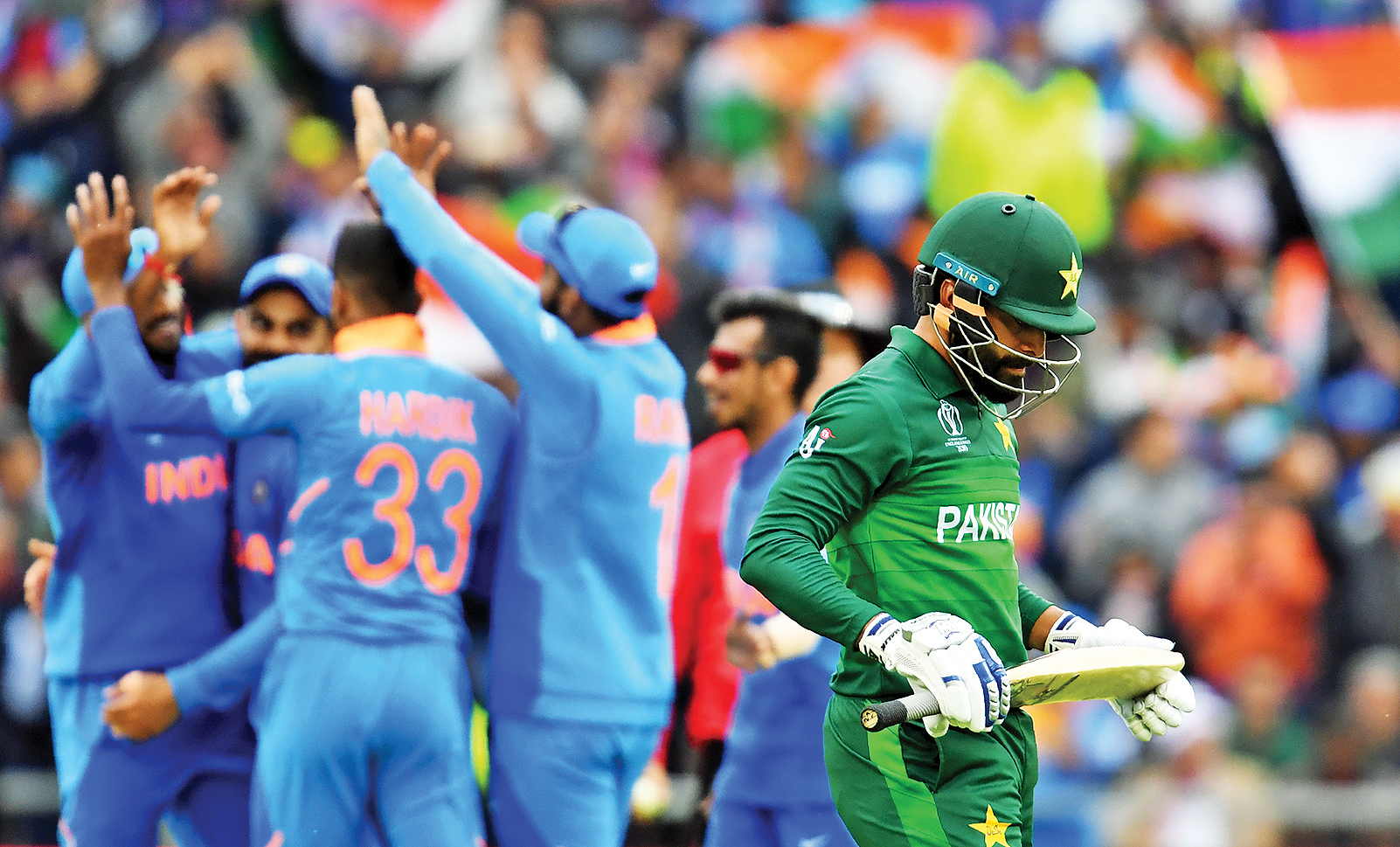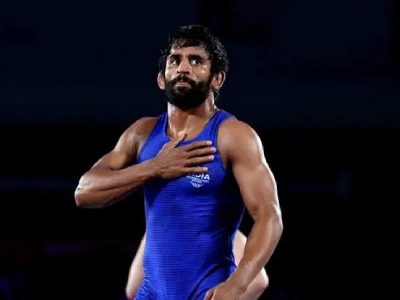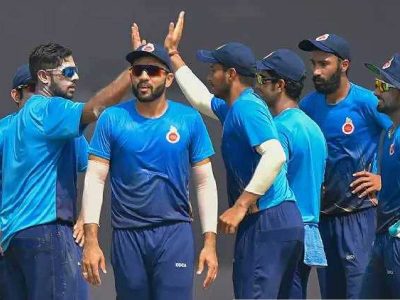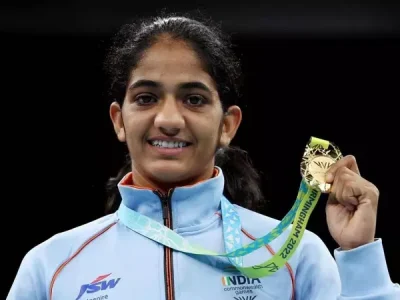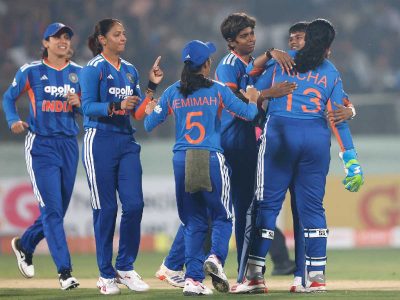Patriot takes a look at why the India-Pakistan match at the World Cup was absolutely not worth the hype built up around it
1.1 crore – that is the number of viewers that tuned in to watch the June 17 clash between India and Pakistan at the 2019 ICC Cricket World Cup.
This is nearly double the number of viewers that tune in on any other India match at the World Cup. Usually the two previous India matches garnered around 50-60 lakh views at a time. However, this was just the case on one OTT platform.
In Manchester, the venue where the match was held, the 26,000-capacity strong Old Trafford cricket ground was completely sold out months before the match was supposed to take place. In fact, all tickets were sold out within 48 hours of the release of thetickets.
A ticket for the match costs a minimum of Rs 4,000 and goes up to Rs 21,000 – and people were willing to shell out this large sum of money. In fact, tickets were being sold in black for prices up to Rs six lakhs. Indians and Pakistanis from all over the world flocked Manchester on that day- so much so that ICC had to set up a giant screen outside Old Trafford that day to accommodate the thousands who couldn’t get hold of tickets.
Adding to this massive crowd – you have media from both countries setting the clash up as the “match of the world cup”. Sports channels advertised the match as a battle for prestige.
But was the match worth all this hype? The answer is resounding no.
Batting first, India put up 336 on the board with Rohit Sharma scoring a fantastic 140, and ultimately restricted Pakistan to 212/6, winning the match by 89 runs through Duckworth Lewis method. India won by a resounding margin, and the match ultimately proved to be a no-contest.
But why was so much hype built around this match? India and Pakistan has been traditional rivals – not only in cricket but in every field. In cricket, this fixture has always created special moments – be it Sachin’s 98 in South Africa or Moandad’s last ball six off Chetan Sharma. Down, the years this fixture was literally the most awaited clash in all of cricket – even bigger than the Ashes.
But this was when both sides were matched each other equally. In the 80’s and 90’s when one day cricket rose to prominence, India and Pakistan were matched equally in terms of quality. Most of the times, Pakistan were the better and more balanced side, but the difference in quality was not quite eye opening.
Back then, it was definitely a clash of prestige. If India had Sunil Gavaskar, Mohammed Azharuddin and Kapil Dev, Pakistan had players like Imran Khan, Javed Miandad, Aaqib Javed and Wasim Akram. So, every time viewers tuned into the match, it was always 22 players on the field who used to give their heart and soul into the clash.
In the late 90’s and the 2000’s, the clash between the two cricketing juggernauts reached its peak. It was primarily a clash between India’s batting and Pakistan’s bowling. Wasim Akram and Waqar Younis used to open the bowling. The first change was Shoaib Akhtar, who used to bowl at 155 km/hr+. This was followed by the spin wizard Saqlain Mushtaq. Even when Wasim, Waqar and Mushtaq retired, they had legitimate good bowlers like Mohammed Sami and all-rounders like Shoaib Malik who came into the side.
This was matched blow for blow by India’s batting. Sehwag, Tendulkar, Ganguly, Dravid , Laxman and Yuvraj – six of the best batsmen in the world faced one of the best bowling attacks in the world, and this was certainly a clash to die for. So, all matches were equally competitive. We were witness to a number of great bilateral series between the two countries in that time – the 2004 and 2007 series being the most notable ones. No team was outclassed by one another.
Even if we consider matches in the late 2000’s, when Shahid Afridi led the Pakistan team we had some good matches like the 2011 World Cup semifinal. But now, the clash has lost its importance especially because of the major gulf in class between the two countries.
India is now one of, if not the best teams in the world. Be it batting, bowling or fielding- all three departments are well equipped. In fact, bowling which was traditionally considered India’s weak point has now turned around and the men in blue are considered the best bowling side in the world with the likes of Bumrah, Shami , Chahal and Kuldeep.
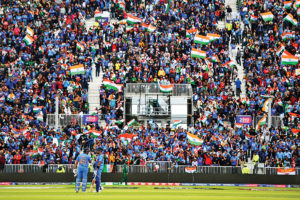
But if we take a look at the Pakistan side, it is quite evident that they have completely fallen from grace. A land that produced some of the best fast bowlers in the world, have bowlers who cannot clock even 140 km/hr. Barring Mohammed Amir, all bowlers went for more than six runs per over. Batsmen like Virat Kohli and Rohit Sharma made a mockery out of them. Even the Pakistani batsmen failed to convert their strong start and stuttered at the end.
This however was no surprise, since charges of corruption and nepotism has been labeled on the Pakistan Cricket Board for quite some time now. Former players have accused them of picking their relatives on the national squad, and completely ruining the domestic structure by giving precedence to the Pakistan Super League instead of their local tournaments.
Whereas India have a solid domestic structure, a great developmental setup in place – with Rahul Dravid handling the under-19 and India-A sides, and also managing the National Cricket Academy. The pool of players at India’s disposal is immense. That is why when Shikhar Dhawan was ruled out, a world class batsman in Rishab Pant took his place.
On field, too, the difference in body language, fitness and attitude between the teams has a heaven and hell difference, and hence the clash is not as mouthwatering like it was a decade ago.
Yes, Pakistan did upset India in the 2017 Champions Trophy final- but that is all it was, an upset victory. The clash in the World Cup was always going to be a one-sided game, and the hype that was built up around it was unnecessary, as even a layman could determine what the outcome was going to be.

